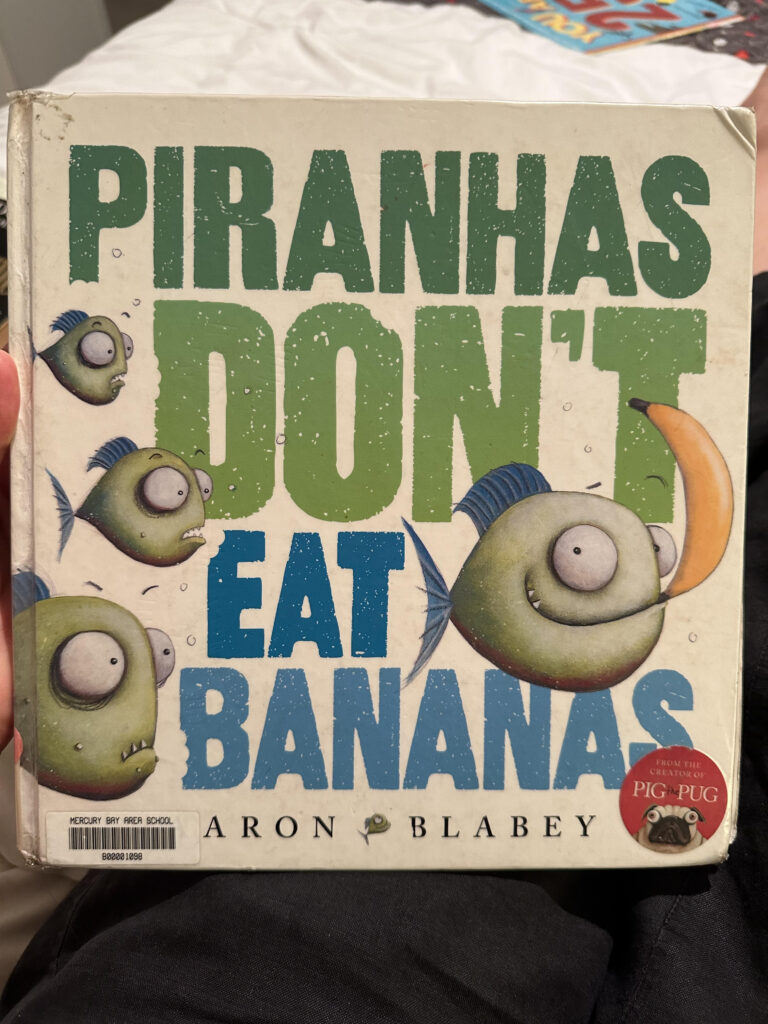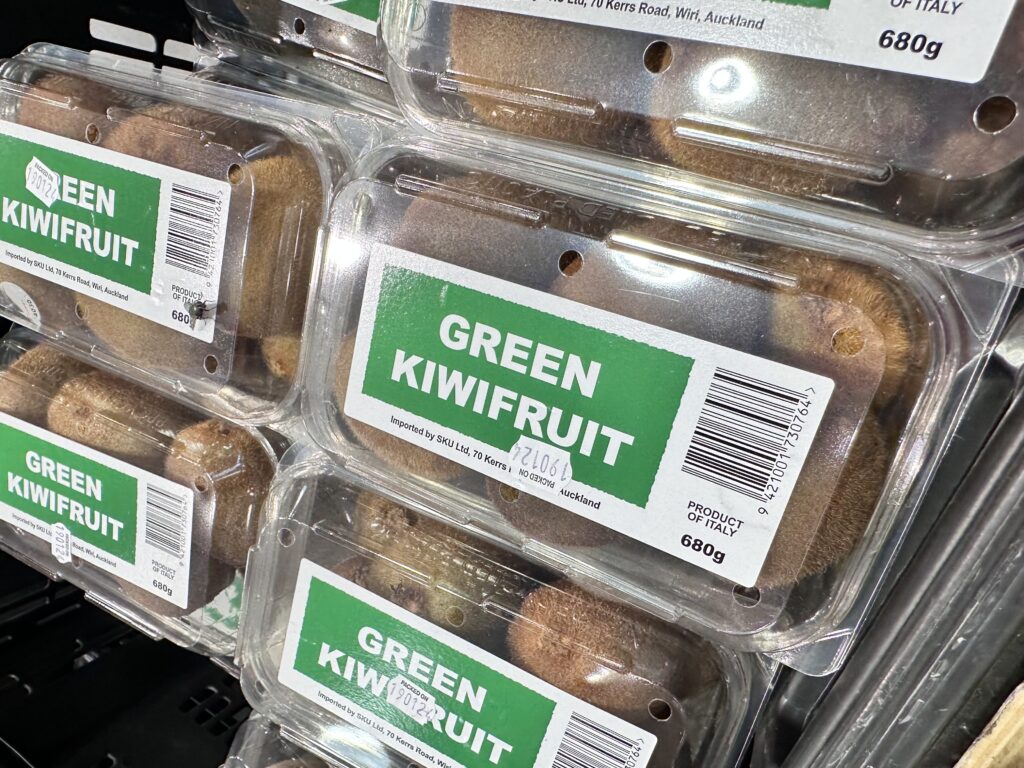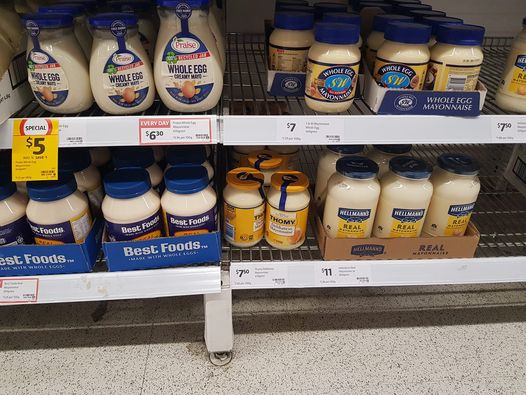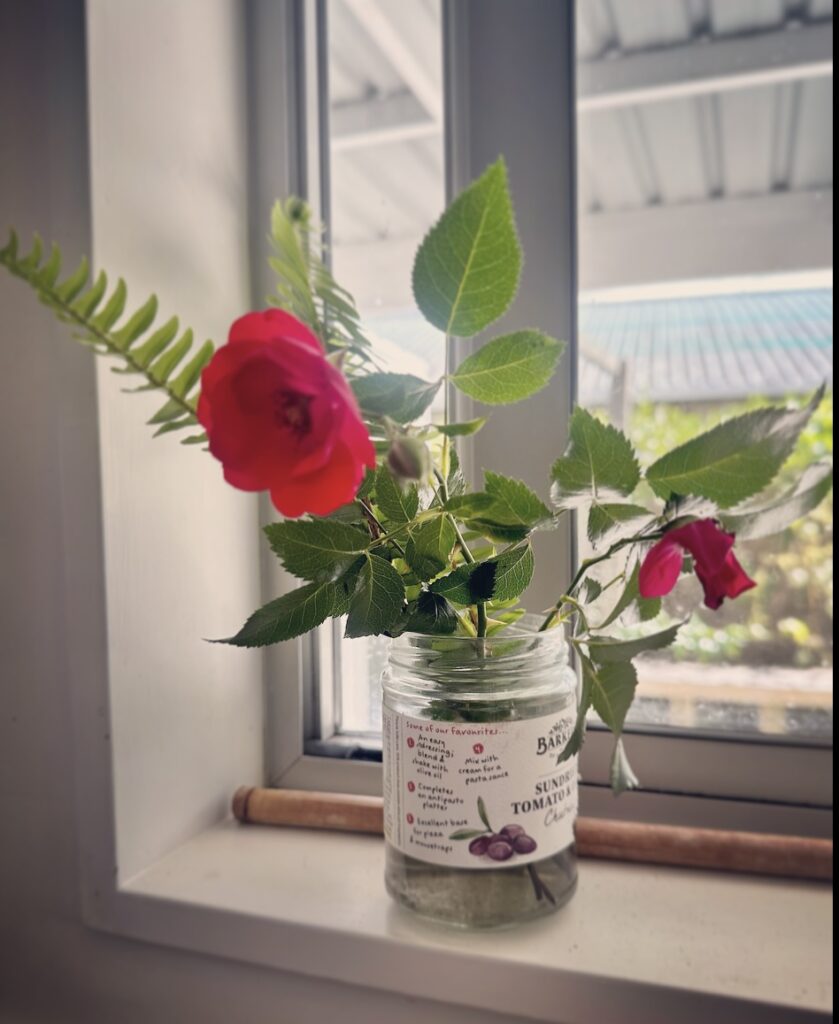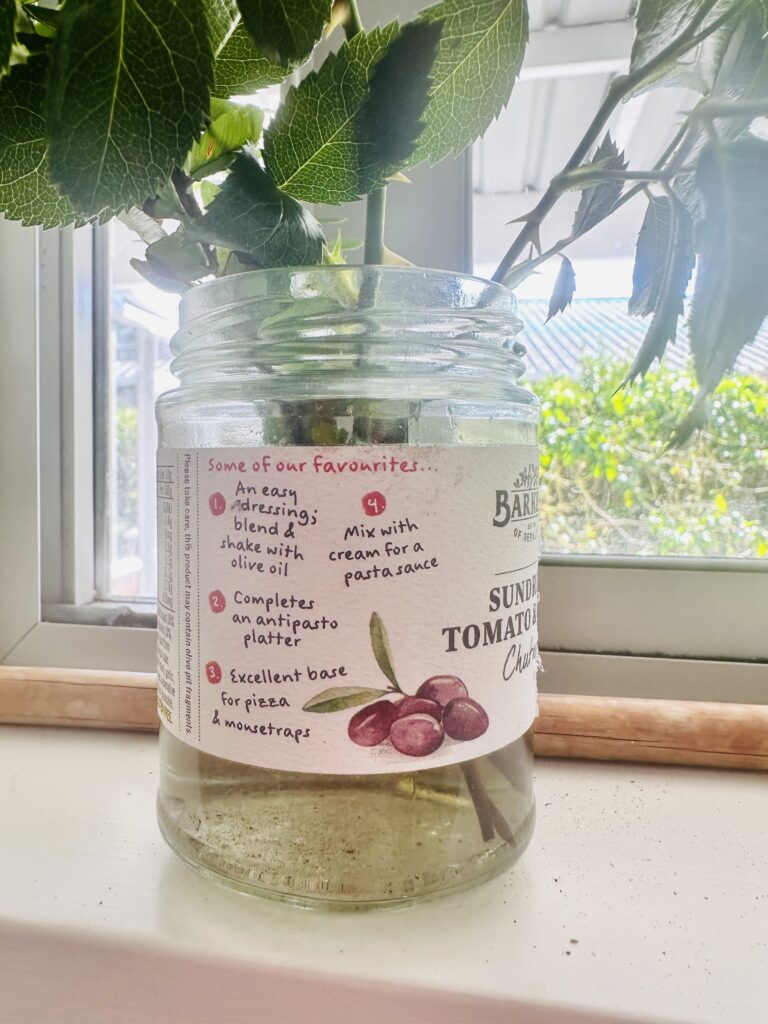


Yep, that’s right; I got a job! I actually got a job like…..less than a minute after I was granted my work visa. You may remember from my previous post that I was at my volunteer nursery gig when I got the punctuationally-deadpan but nevertheless thrilling email from Immigration saying that I had been granted a one-year work visa. I happened to be working alongside the co-owner of the nursery/landscape company, who offered me a job on the spot (and then–which I found very sweet–she immediately added that I should take some time to think about it, since I’d literally *just* gotten my visa, and that they’d be open to full- or part-time employment; whatever worked best for me, and that we could chat about it once the news had settled in). I’ve gotten to know the couple who own the company and some of their employees during my volunteer time, and I really like all of them. So a few days later I sat down with them and voilà: I’m employed! I’ll be doing a bit of nursery work and a bit of landscape work.
I spent the past four years working for a landscaping company on Cape Cod, so in a lot of ways this will feel familiar to me. But the one glaring difference between my job back home and my job here–aside from the wildly different flora and the fact that the guys I work with speak English (well; if Kiwi English counts 🤣)–is the fact that I am legally entitled to a whole bunch of what I can’t help but think of as “job perks,” even thought they are in fact national laws designed to help Kiwis maintain a healthy work/life balance. What a novel concept, eh?
The landscaping company has hired me as a “casual employee” for my first 6-8 weeks there, both because they will only have part-time work available until one of their full-time employees leaves in August, and also as a way to make sure I’m a good fit for them (and vice versa) before we move into my being a “permanent employee”. “Casual employee” is a term used to refer to an employment situation where the employee has no guaranteed hours of work, no regular pattern of work, and no ongoing expectation of employment. As defined by the Employment division of the New Zealand government website, “Each time a casual employee accepts the offer to work it’s considered a new period of employment. If an employer decides to stop offering work, this doesn’t count as a dismissal because the employer has no responsibility to provide work”. The employer doesn’t have to offer work to the employee, and the employee doesn’t have to accept work if it’s offered. Casual employees are entitled to the same rights as contract employees, but the way in which annual holidays, sick leave, and bereavement leave are applied can vary for these employees. I’ll explain that further down.
Disclaimer: before I launch into everything I’ve been learning about employment in New Zealand, I want to state unequivocally that although I try my best to research and fact-check the hell out of everything I post on this blog, citing official government websites as much as possible, there is always the possibility that what I write may not be entirely accurate, either factually or in a lived day-to-day NZ experience. This whole “living in a new country” thing is a learning process for me as much as for everyone reading this. If I find that I need to go back and amend or clarify anything, I will always mark it as “Edited” so everyone knows that I was actually talking out my tuchus.

There are several different categories of employees in NZ:
A permanent employee–be it full or part-time–have the full set of rights I’m about to list for you. New Zealand has no law specifying the number of hours which differentiate full-time and part-time work, though 35-40 hours is generally considered to be full-time.
A casual employee is an employment situation where the employee has no guaranteed hours of work, no regular pattern of work, and no ongoing expectation of employment.
A fixed term (or “contract”) employee is someone hired for a specific amount of time; their employment has an end date (think someone hired to cover someone’s maternity leave).
A seasonal employee is exactly what it sounds like. There’s a ton of seasonal work in NZ thanks to the thriving fruit, vegetable, fish, and meat industries.
A contractor, or independent contractor, is essentially the same thing as being self-employed. Contractors earn income by invoicing the principal for their services. A contractor pays their own tax and isn’t covered by most employment-related laws, which means they don’t get things like annual leave or sick leave.
Triangular employment situations. This is where someone is employed by one employer (the agency), but is working under another business or organisation that directs or controls their day-to-day work (controlling third party). An employee is employed by a recruitment or employment agency, and is sent on work assignments to another organisation. In other words, temping.
Here is a quick summary of the rights which Permanent Employees (full or part-time) are entitled to, taken directly from the employment.govt.nz website:
Vacation Time:
Employees get a minimum of 20 days annual paid leave. Annual leave is accrued every full year with the company rather than the calendar year, and employees can only take their paid leave after completing a full year with the company unless agreed upon otherwise.
Holidays:
There are ten national public holidays, plus one regional anniversary day. Employees are given the day off, but are paid for, public holidays that fall on a regular working day. Employees who work during a public holiday are entitled to 1.5 times their regular pay plus an alternative day off.
Sick Time:
Sick leave entitlement is 10 days per year after six months of continuous employment and can be accumulated to 20 days. Employees can use sick leave when they themselves are sick, or when a child, spouse, or someone else in their care is sick.
Maternity Leave:
Maternity leave in NZ is more commonly known as “primary carer leave” or “parental leave” and is available to someone who is pregnant, a new mother or their partner, an adoptive parent, a Home for Life parent, Whāngai (Whāngai is the Māori tradition of children being raised by someone other than their birth parents — usually a relative), a grandparent with full-time care, or a permanent guardian.
The length of leave is as follows:
* Six months before the due date: 26 weeks (half a year) of paid primary carer leave, and a further 4 weeks of unpaid extended parental leave
* Twelve months before due date: 26 weeks (half a year) of paid primary carer leave, and a further 26 weeks of unpaid extended parental leave
Miscarriage Leave:
Three days of paid leave for miscarriage or stillbirth at any point during the pregnancy.
Domestic Violence Leave:
Domestic violence victims can claim up to 10 days of paid domestic violence leave in every 12 months.
Because I am starting out as a casual (part time, non-consistent) employee, I’m not eligible for the legally mandated paid vacation and holiday times. However, rather than just getting screwed over, my employer–by law–has to pay me at least minimum wage (which, as of April 1, 2024, is $23.15/hour) plus at least an additional 8% “casual loading fee” per hour. Casual employees are also entitled to sick leave and bereavement leave after 6 months of starting work if, during that time, they have worked an average of at least 10 hours a week, and at least one hour a week or 40 hours a month.
Filling out the paperwork for my new job was a trip, since of course I’ve never had the pleasure of filling out new-job-paperwork in another country. It was refreshingly brief and straightforward: I had to write my name, IRD number, and tax code. You need an IRD (Internal Revenue Department) number in order to have a job in New Zealand; I applied for mine online as soon as I got my visa and it was automatically generated and emailed to me within an hour. The “tax code declaration” was made easy thanks to the helpful flowchart that came with it:


Lastly, I had to sign a special form declaring that I was opting the hell out of something called KiwiSaver.
KiwiSaver. Oh, my dear, sweet, complicated KiwiSaver. Where do I even begin with you.
KiwiSaver is a voluntary savings scheme set up by the government to help New Zealanders easily and affordably save for their retirement. As an employee, you can choose to contribute 3%, 4%, 6%, 8% or 10% of your gross wage or salary to your KiwiSaver account, and employers are required to contribute close to 3% of your gross salary (unless they are already contributing to another superannuation fund for them). Additionally, as long as you’re eligible, for every $1 you invest into your KiwiSaver account, the government may contribute 50 cents, up to a maximum amount of $521.43 every year until you’re 65 (to get your full KiwiSaver government contribution, you need to contribute $1,042.86 to your KiwiSaver account, which works out to just over $20 a week. This $20/week can be through your wages/salary deductions and any voluntary contributions you may decide to make. Any contributions from your employer do not count). Your KiwiSaver savings are invested on your behalf by the KiwiSaver provider of your choice. If you don’t choose a provider, Inland Revenue will assign you to a default KiwiSaver fund.
It sounds pretty great, right? [Insert annoying buzzer sound].
I cannot throw enough gratitude towards an American woman named Melissa who has been living in NZ for ten years. I first made her acquaintance on the Americans Coming to Aotearoa/New Zealand Facebook group last year when she posted a link to a book she’d just self-published called So You Want to Move to New Zealand. I fully admit that after a decade of running an independent bookstore, I will forever be a bit dubious about self-publishing. It’s come a long way since I left the bookstore in 2012, but back then anyone who shelled out a bunch of money could have a book published. They tended to have terrible cover art, were rife with cringey typos, and more often than not came with pushy authors who demanded front and center displays in the store. However, all of Melissa’s posts in the FB group were eloquent and informative, and I decided that shelling out a mere $5.97 for a copy of her ebook couldn’t hurt. It turned out to be fabulous. She is indeed a terrific writer and her book has been a massive financial lifesaver for me (disclaimer that I know she’d want me to put: she is not a financial adviser or CPA and nothing that she’s written should be taken as legal advice. She’s just done her homework and knows her s**t). Despite my many many many hours of diligent research about moving to NZ, I had never come across this whole KiwiSaver thing. And it sounds great, so I absolutely would have signed up for it and then royally screwed myself over…for life.
Here’s the deal: Most of my (non-self-employed) Kiwi friends agree that KiwiSaver is awesome and has allowed them to save up a nice chunk of change. I mean, it sounds awesome, right? And I’m sure it is awesome, if you’re a Kiwi. I, however, am–and always will be–a United States citizen, and it is most decidedly not awesome for me. Although I first learned about all of this KiwiSaver stuff from Melissa’s book, it’s been verified over and over again on a tax-centered FB group for American expats living in NZ.
The United States Internal Revenue Service has this thing they call Passive Foreign Investment Companies (PFIC). They define PFICs as something where at least 75% of a corporation’s gross income is passive and at least 50% of the company’s assets are investments which produce income in the form of earned investment, dividends, and capital gains. PFICs came out of a tax reform law passed in 1986 to close a loophole which some U.S. taxpayers were using to shelter offshore investments from taxation, as well as to discourage Americans from seeking tax advantages in foreign mutual funds. PFICs are subject to strict and extremely complicated tax guidelines by the Internal Revenue Service.
Funds and investments with KiwiSaver are seen as passive foreign income by the IRS. And PFICs are taxed up to 50% annually on realized gains (realized gains are when an asset is sold for a higher price than it was originally purchased for; a gain is the difference between the purchase and sale price) and up to a cute little ONE HUNDRED PERCENT when you withdraw funds. And once you open a KiwiSaver account, the only two ways you can ever close it are if you 1. Die or 2. Permanently leave New Zealand, neither of which I plan on doing. Melissa’s “Avoiding Banking Blind Spots” chapter saved me, literally and figuratively. One of the biggest topics of conversation in the aforementioned tax-centered Facebook group for American expats living in New Zealand is the whole KiwiSaver thing. Most posts are by people who unwittingly signed up for it and were desperately begging for information about how to get out of it. It’s heartbreaking. They are never given good news. You either have to leave NZ or die.
Needless to say, there wasn’t an ice cube’s chance in hell that I was opening a KiwiSaver account, and I could not have signed that op out form any faster if I’d tried. Because I opted out of KiwiSaver, the only thing coming out of my paychecks (thus far) is something called PAYE: Pay As You Earn. PAYE is a New Zealand system where the employer deducts a certain amount from every employee’s paycheck, which goes towards income tax and Accident Compensation Corporation (ACC). The employer is responsible for paying this to the IRD.
For 2024 and 2025, the PAYE tax rates are as follows:
| $0 – $14,000 | 10.5% |
| $14,001 – $48,000 | 17.5% |
| $48,001 – $70,000 | 30% |
| $70,001 – $180,000 | 33% |
| $180,001 + | 39% |
So there you have it! I am gainfully employed, starting to understand employment laws and the tax system here, and, thanks to an internet stranger, do not need to get myself deported or throw myself off Shakespeare’s Cliff to get out of having opened a KiwiSaver account. I have no idea if anyone back home aside from my CPA and New Zealand-loving friend Hazel had any desire to know any of this, but hopefully this deluge of information can help someone down the road.
I hope all of you back home are doing well! As we are now in the early stages of a mildly chilly, somewhat overcast, damp winter, I’m loving seeing all the photos from people’s gardens (especially my mom’s). Keep ’em coming!
Lotsa love from the Antipodes,
H.
PS: In a future post I’m going to get into the fact that I still have to pay taxes to the US government, though because I’ll be making under a certain amount of money I may be exempt from this. 🤯

